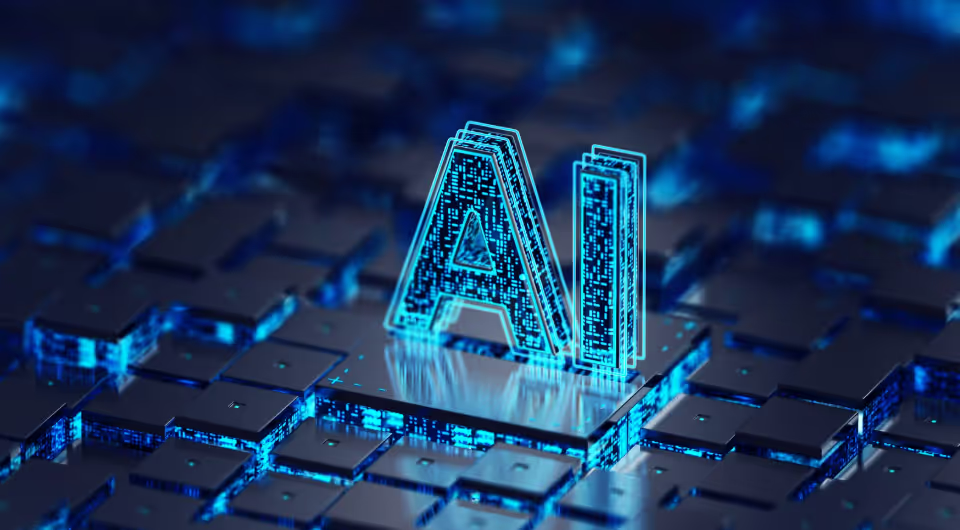

How AI is Transforming Sustainable Supply Chains in B2B Commerce
In the world of B2B commerce, supply chains are the backbone that keeps products and services flowing. Today’s imperative: make those chains sustainable without sacrificing efficiency. Far from being a distant goal, AI is already helping companies gain unprecedented visibility, make smarter decisions, and automate processes that shrink their environmental footprint. From real-time carbon simulations to waste-reducing forecasts and eco-conscious marketplaces, let’s explore how AI is reshaping B2B supply chains for a greener tomorrow.
AI-Powered Digital Twins for Carbon Tracking
Better sustainability begins with better measurement. Traditional carbon accounting can be slow and imprecise, but AI changes the game. By ingesting IoT sensor feeds, ERP data, and logistics records, machine-learning models create digital twins—virtual replicas of your supply chain—that simulate Scope 1, 2, and 3 emissions continuously. This allows you to spot carbon “hotspots” in production, warehousing, or transport as they happen, rather than waiting for annual reports.
Siemens leads by example with its Teamcenter Carbon Footprint Calculator, which embeds AI into product cost management. It computes CO₂e for each component and process step, then lets planners run “what if” scenarios—swap a supplier, change a shipping route—and instantly see the carbon impact before making a decision.
Use Case: Eiffage’s BlueOn Eco-Conscious Marketplace
Eiffage, a major construction and infrastructure group in Europe, teamed up with DJUST to launch Eiffage BlueOn, a procurement marketplace that treats carbon data on par with price. Every product listing carries a life-cycle assessment (LCA)–based environmental declaration, showing its carbon footprint alongside cost. Buyers can compare items by economic, technical, and ecological criteria, all within a unified interface.
- Challenges tackled: integrating reliable, standardized carbon data; digitizing construction-specific processes (quotes, multi-orders, comparisons); ensuring user-friendly performance.
- Core features: digital quotes, collaborative wish lists, punch-out shopping, CO₂ reporting per order line, and 130 tailored templates for intuitive use.
- Early results: Within three months, Eiffage processed €970 K in orders and set a new standard for low-carbon procurement—encouraging suppliers to publish LCAs of their products so buyers can “measure what they buy.”
BlueOn shows how AI and data-driven design can make ecological criteria first-class citizens in B2B purchasing.
Smarter Demand Forecasting to Cut Waste to Cut Waste
Unilever’s ice cream division illustrates the payoff: AI models tie weather forecasts to data from 100 000 IoT-connected freezers, so production and delivery plans adjust in real time. In one year, Unilever cut ice-cream waste by ~10% and trimmed related emissions by ~5%, while boosting on-shelf availability and lifting sales in key markets.
Finnish retailer Kesko also taps AI dashboards to push daily, store-level sales forecasts. Managers receive precise ordering recommendations—no more guessing how much fresh produce they’ll move. The result: fewer markdowns, less spoilage, and leaner delivery runs that further reduce logistics emissions.
Greener Logistics and Transportation
Transport emissions remain a major challenge in supply chains. AI helps optimize routes dynamically—factoring in traffic, weather, and delivery urgency—to avoid empty miles and idling. DHL reports a 15% reduction in fuel consumption on last-mile deliveries thanks to AI-driven routing.
DHL’s partnership with Neste takes it further: by integrating renewable diesel (HVO100) and sustainable aviation fuel (SAF), plus electrifying two-thirds of its urban fleet by 2030, DHL aims for net-zero logistics by 2050. AI orchestration ensures EVs charge at the greenest hours and that limited SAF supplies go to the flights where they cut emissions most.
Behind the scenes, AI-enabled control towers act as command centers. They track shipments in real time, flag delays or demand spikes, and automatically recommend reroutes or reserve stock transfers—preventing carbon-intensive last-minute fixes like emergency air freights.
AI and the Circular Economy: Recycling and Beyond
Sustainability isn’t just zero emissions—it’s about keeping resources in play. AI-powered robots in recycling plants now sort plastics, metals, paper, and textiles with precision, using image recognition to pick out items at high speed. Pilot programs can even distinguish cotton from polyester blends, boosting textile recycling rates that were once negligible.
Platforms like Plastic Bank (IBM technology) harness mobile apps, blockchain, and AI analytics to incentivize coastal communities to collect ocean-bound plastic. Participants earn digital credits for each kilo of waste, which they exchange for essentials. This traceable “Social Plastic” then feeds back into manufacturing, closing the loop between waste and new products.
Conclusion: A Smarter, Greener Tomorrow
AI is no longer a futuristic promise—it’s a practical enabler of sustainable B2B supply chains today. By combining real-time carbon tracking, demand sensing, eco-aware marketplaces like Eiffage’s BlueOn, optimized logistics, and circular practices, companies can meet climate goals while cutting costs and boosting resilience. As these technologies mature and spread, the path to truly net-zero, zero-waste supply chains will become clearer—and more attainable—than ever

-modified.avif)

.jpeg)

